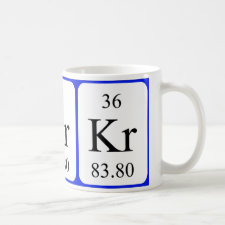
Authors: Abbate V, Jaiash D, Bansal S
Article Title: Poly(N-isopropylacrylamide) gel beads prepared by water-in-oil suspension polymerization for the adsorption of fluorescently tagged hepcidin.
Publication date: 2009
Journal: E-Polymers
Page numbers: Art. No. 113.
Alternative URL: http://www.e-polymers.org/
Abstract: Poly(N-isopropylacrylamide) (PNIPAm) gel beads were prepared by water in oil (w/o) suspension polymerization using aqueous acetonitrile to dissolve the monomer phase, toluene or cyclohexane as the continuous phase and ethyl cellulose (EC) as the stabilizer. The beads were analyzed by FT-IR and their morphology was investigated by optical and electron microscopy. The advantages of this novel synthetic method for PNIPAm preparation include efficient polymerization and mild experimental conditions, as well as the formation of spherical and relatively uniformly sized particles. The microgels were then evaluated for their efficiency to absorb fluorescently labelled hepcidin. The beads were found to rapidly capture the target peptide from neutral aqueous solutions. Notably, bovine serum albumin (BSA) did not bind to the polymer beads at the cross-linking ratio used; therefore, size-exclusion properties may be controlled by finely tuning monomer to cross-linker ratio and/or monomer concentration during polymer design. The route could potentially be useful for diagnostic, drug delivery or peptide immobilization, as well as for the molecular imprinting of peptides and proteins



Join the Society for Molecular Imprinting

New items RSS feed
Sign-up for e-mail updates:
Choose between receiving an occasional newsletter or more frequent e-mail alerts.
Click here to go to the sign-up page.
Is your name elemental or peptidic? Enter your name and find out by clicking either of the buttons below!
Other products you may like:
 MIPdatabase
MIPdatabase









